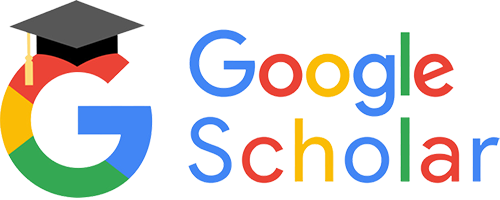Abstract
The adoption of digital technology has changed the landscape of education worldwide. It is reported that higher education is the subsector with the highest rate of digital technology adoption, with online management platforms being used to replace face-to-face teaching and learning (UNESCO, 2023). Technology-assisted teaching tools have been widely used in teaching and learning, allowing educators to create, adapt, and utilise interactive features for classroom use. Online digital tools provide valuable insights for creating assessments that support in-class practices and homework (Ali & Ismail, 2022). The terms "digital learning" and "online learning" have been used interchangeably to indicate any teaching and learning conducted non-face-to-face. However, it is worth noting that digital learning refers to a broad range of digital tools and resources that facilitate the learning process. This includes the use of various tools, such as multimedia content and virtual classrooms. Learners can access the materials and sources via tablets and smartphones for practical learning sessions through online videos. The use of digital tools enables learners to engage with the materials at any time and from anywhere.
Metadata
| Item Type: | Monograph (Bulletin) |
|---|---|
| Creators: | Creators Email / ID Num. Mohd Ali, Siti Nur Dina UNSPECIFIED Bazlan, Anis Shahira UNSPECIFIED Zainal Abidin, Dzeelfa UNSPECIFIED Ismail, Mohd Hafizul UNSPECIFIED |
| Subjects: | P Language and Literature > P Philology. Linguistics > Language and education |
| Divisions: | Universiti Teknologi MARA, Negeri Sembilan > Seremban Campus |
| Journal or Publication Title: | Buletin APB Edisi 14 |
| ISSN: | 2682-7948 |
| Keywords: | Digital, technology, face-to-face teaching, quizizz, online videos |
| Date: | June 2025 |
| URI: | https://ir.uitm.edu.my/id/eprint/119154 |



